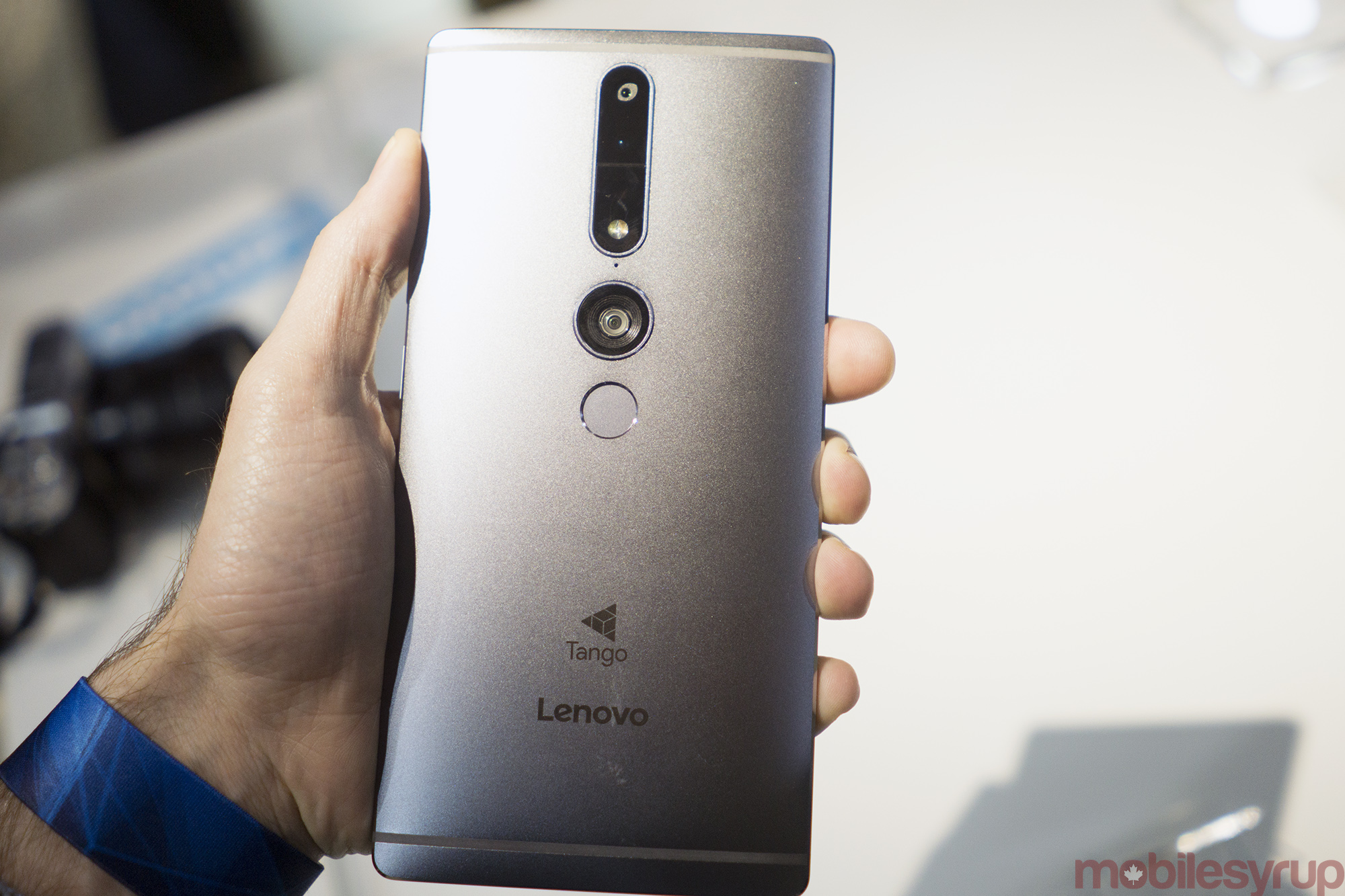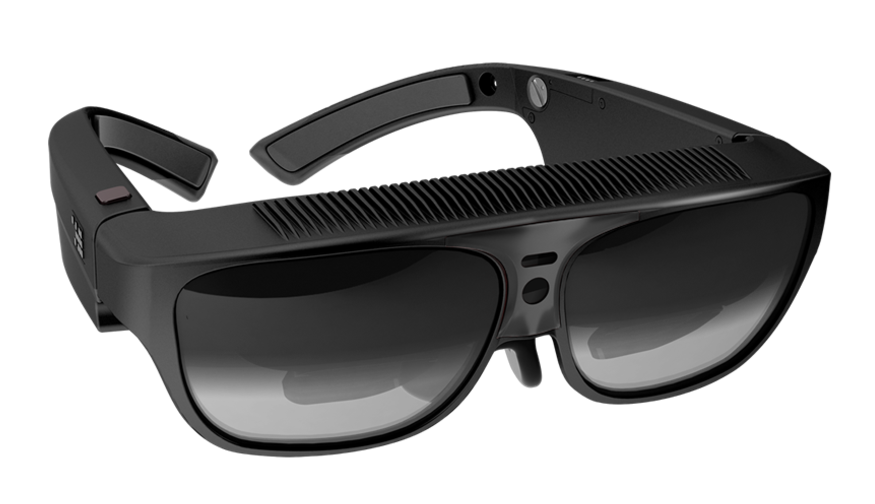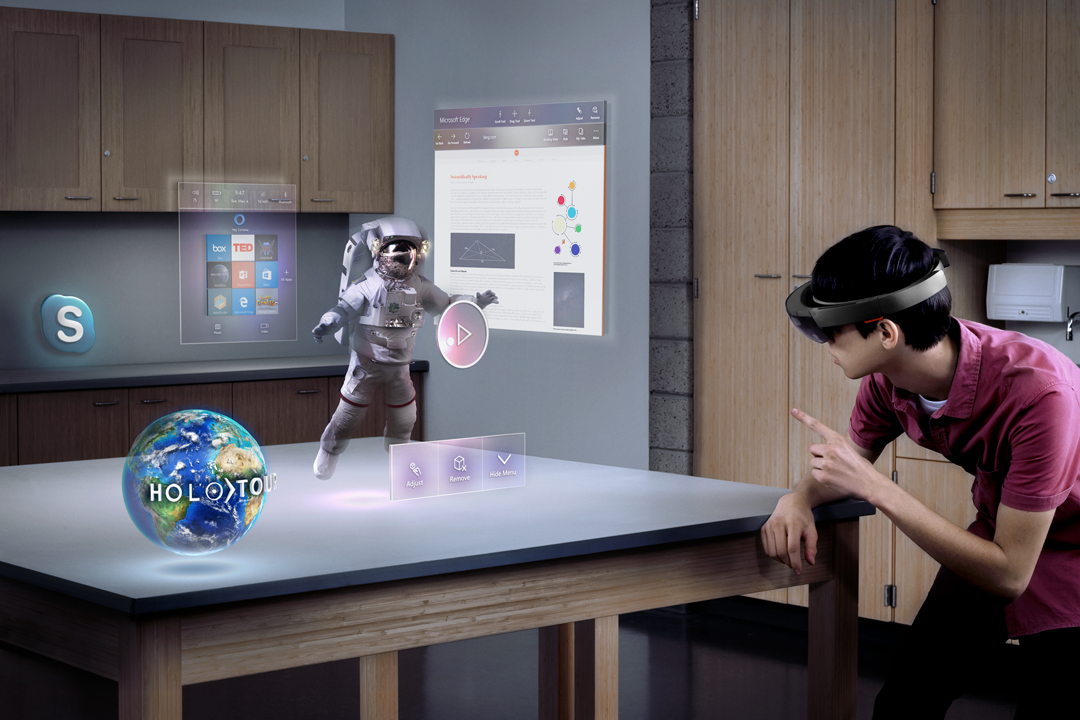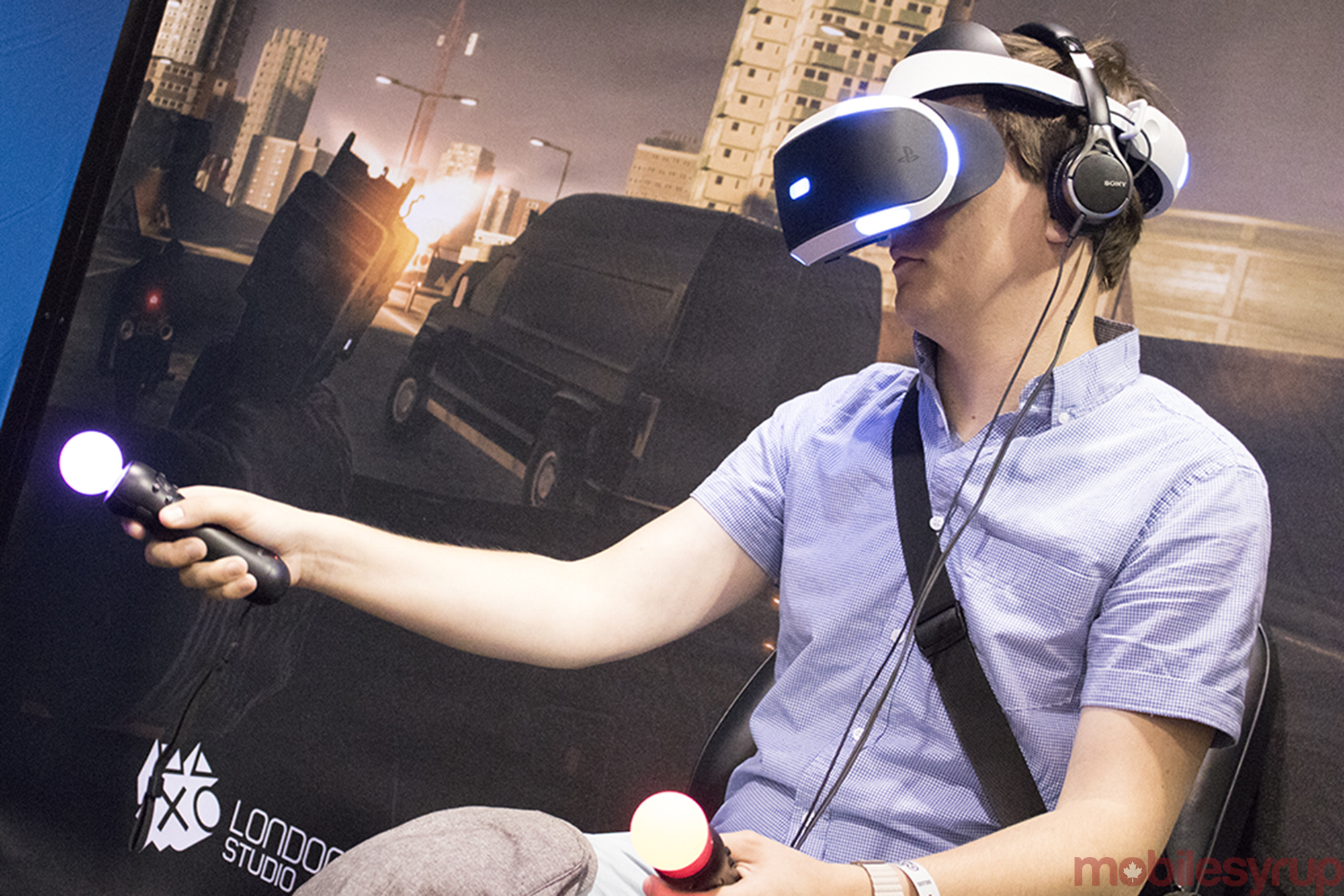
Considering the phenomenal heights reached by augmented reality game Pokémon Go it may seem like we’ve already seen the peak popularity that an AR application can achieve — but according to Qualcomm, it’s just the beginning.
The chipset manufacturer focused strongly on the mobile future of augmented and virtual reality devices at its 2016 Snapdragon Technology Summit, proposing a future in which wireless mixed reality headsets reign supreme, powered by its own chip technology.
One of the first steps the company has taken towards that future is its work in helping to deploy Lenovo’s Google Tango-enabled Phab 2 Pro, a sensor-rich AR device available for $699.99 CAD (though currently experiencing delays).
“It’s another concept of how AR can be used,” said Cisco Cheng, director of technical marketing at Qualcomm, comparing it to more rudimentary examples like Pokemon Go. “In this case it’s used to not only do AR applications like games, but also work with Ikea to enable furniture shopping and even on the AR content creation part of it, developers can create apps for it as well.”
Cheng notes that AR head-mounted display (HMD) units such as Microsoft’s Hololens or ODG’s smart glasses are yet another step forward in the movement, echoing the opinion of Qualcomm’s vice-president of product management Tim Leland, who stated that the company believes AR glasses will be the “next big thing.”
“It’s already a form factor people are comfortable with,” noted Leland in his presentation on the future of AR, pointing at the sizable demographic that already wear or need glasses and contacts — though it should be noted this argument was also made for the failed Google Glasses.
During his presentation, Leland further said that in the future he believes everything will converge into AR, with VR becoming “subsumed by it.”
Cheng agrees, though words things a bit more diplomatically.
“I think they both can co-exist, that’s the whole notion of having mixed reality. Having the best of both worlds.”
He adds that this doesn’t count out VR companies like HTC and Facebook-owned Oculus.
“They’re huge in the VR space,” Cheng noted, “But they’re also investigating the possibility of letting their customers see into the real world and having the AR experience be part of their device, whether it’s the current one or the next generation.”
One thing that both Cheng and Leland were adamant about, however, was that the future of AR and VR is mobile and wireless.
“If you look at Oculus and HTC, they’re tethered to these things. For that experience to truly be immersive and truly take off, at some point you need to cut the wires,” said Cheng.
Leland sees augmented reality being successful not only for gaming and personal applications, but also for professional applications, such as a pair of first responder glasses that could employ things like passive and active cameras with fisheye and telephoto lenses, high sensitivity audio microphones and bone conductor technology for audio. Eventually, as the web of IoT smart devices begins to develop, Leland also sees AR glasses as playing a strong role as the central command hub.
To achieve these goals, there are three core things that Qualcomm is focusing on in its forthcoming chip technology: immersive visuals, heightened sounds and intuitive interactions. One particularly important issue when it comes to the first pillar, visuals, is the reduction of motion to photon latency — which currently stands at 18 milliseconds with the 820 chipset.
“That’s really important in terms of motion sickness,” noted Cheng, stating that the more they’re able to reduce latency, the less certain users will have to suffer through nausea caused by a visually-induced perception of self-motion.
As for the sound experience, Cheng said Qualcomm’s focus is something called “scene-based object-based audio.”
“It’s really the concept of when you’re turning your head or your body in the VR space, the sound is being represented accurately,” Cheng explained.
Finally, there’s the matter of intuitive interactions, where the focus is six degrees of freedom (6DOF).
“That will enable the person to not just be able to see the world around them whether it’s AR or VR, but also have the ability to move — step forward, step backward, move around in the virtual VR world.”
Of course, other elements will also have to be developed in order to support the future of augmented reality — including better power efficiency, more thermal efficiency for sleek and ultra-light designs and 5G for extreme throughput.
These are significant hurdles, but Qualcomm believes they can achieve them in order to lead the charge towards a mobile AR future. In response to skeptics who don’t believe in that future, Leland has a simple argument:”There were folks who said ‘why would I ever need to walk around with a phone all the time?'”
Related: Qualcomm announces its first 10-nanometer chip, the Snapdragon 835
MobileSyrup may earn a commission from purchases made via our links, which helps fund the journalism we provide free on our website. These links do not influence our editorial content. Support us here.







